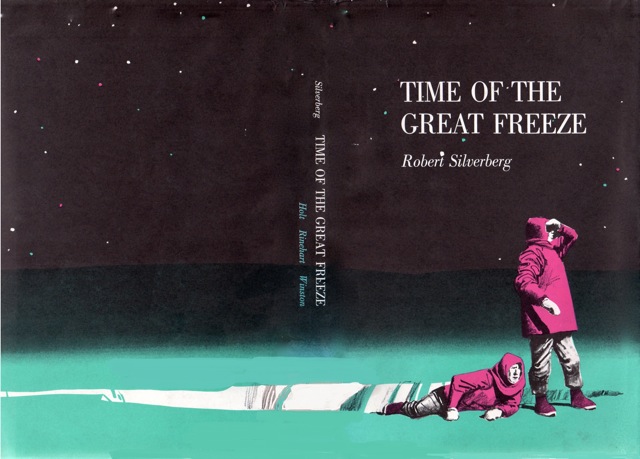Tom Hering
Rememberer
The author of Submicroscopic was S.P. Meeks. Yes, I'm all for a revival of the hollow world tale! Vulcan and a habitable Sun are new to me. And the only time I've run across flame beings they were, if I remember correctly, Venusians - in a Space Kingsley Annual I used to own. (It was filled with wonderful artwork. I wish I still had it.) One source for old concepts might be Brian Stableford's Science Fact and Science Fiction: An Encyclopedia (2006).... the list of cute outdated concepts ...










